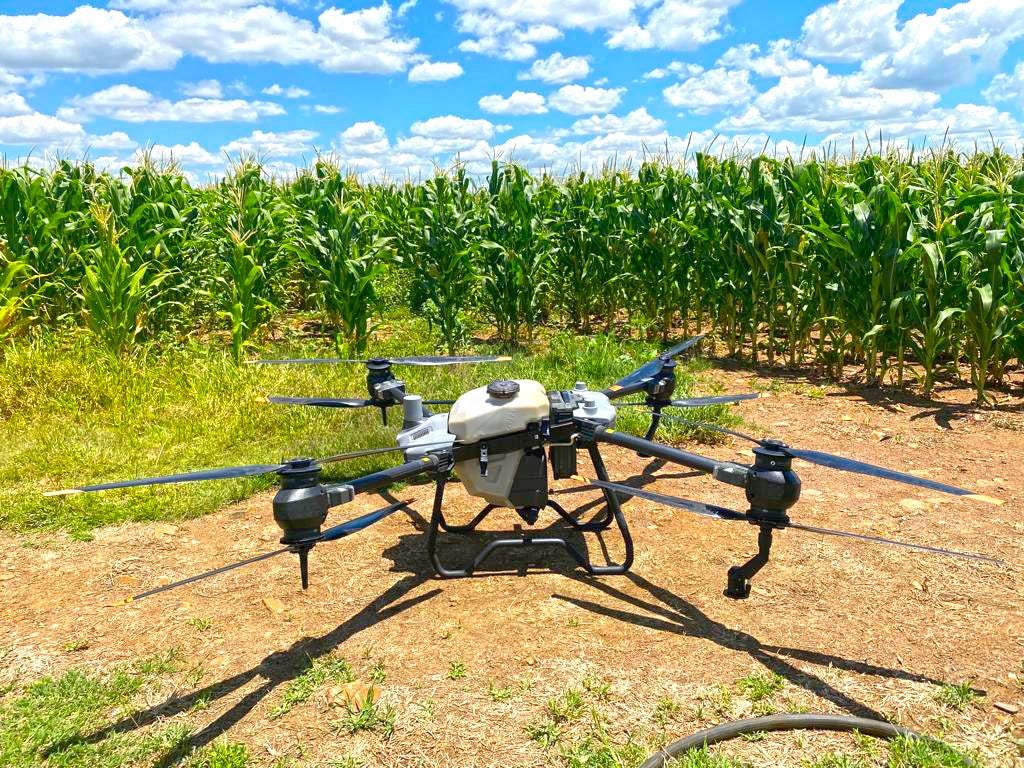The agricultural drone market, already a front-runner in drone technology, is poised for substantial expansion, according to the latest research by Drone Industry Insights.
The agricultural drone market, already a front-runner in drone technology, is poised for substantial expansion, according to the latest research by Drone Industry Insights.
Projections indicate that the market, valued at $3.6 billion in 2024, will surge to an impressive $5.7 billion by 2030. This growth trajectory highlights not only the current dominance of drones in agriculture but also their potential to revolutionize the industry.
Drones are reshaping agriculture by offering unparalleled advantages across various sub-industries such as crop farming, livestock management, fishery, hunting, and forestry. Their versatility and adaptability make them indispensable tools, enhancing efficiency, safety, and productivity in agricultural practices.
In agriculture, drones provide swift and flexible access to high-quality aerial data, crucial for navigating vast and challenging terrains. Farmers can gather vital information and optimize the deployment of resources like seeds and pesticides, leading to significant time and cost savings while improving safety. These drones have modernized traditional farming tasks such as planting, monitoring, and resource distribution, ushering in a new era of efficiency.
Livestock management benefits from drones’ ability to monitor and count animals across expansive areas using advanced technologies like computer vision. They also aid in inspecting containment structures, ensuring the safety of farm animals from external threats.
In crop farming, drones outperform conventional methods by swiftly covering large fields, assessing soil quality, detecting plant stress, and optimizing pest control and resource application, resulting in increased crop yields and farming efficiency.
The fishery sector optimizes its operations with drones by precisely locating fish swarms and enhancing fish farm management. Although subject to controversy and legal restrictions in some regions, drones hold promise for tasks like wildlife tracking and humane wildlife management in hunting.
Forestry applications, akin to crop farming, present additional complexities. Drones assist in monitoring forest health, identifying species, and managing risks, offering unparalleled precision and efficiency. Their capability to generate detailed 3D models of vegetation underscores their advanced utility in forestry resource management.
A diverse range of drones is employed in agriculture, with multirotors reigning supreme due to their flexibility and maneuverability. However, fixed-wing drones are gaining traction for their efficiency in covering larger areas. Equipped with advanced tools like multispectral cameras and robotic arms, drones enable detailed analysis and autonomous operations.
Key manufacturers and service providers, predominantly from global manufacturing hubs such as China and Brazil, are propelling the agricultural drone market forward. Despite challenges stemming from traditional farming practices and regulatory constraints, the sector’s growth trajectory remains robust, fueled by the compelling benefits drones offer to agriculture.
As technology evolves and regulations adapt, drones are poised to become integral to agricultural innovation, optimizing workflows and enhancing the sector’s overall productivity and efficiency.
